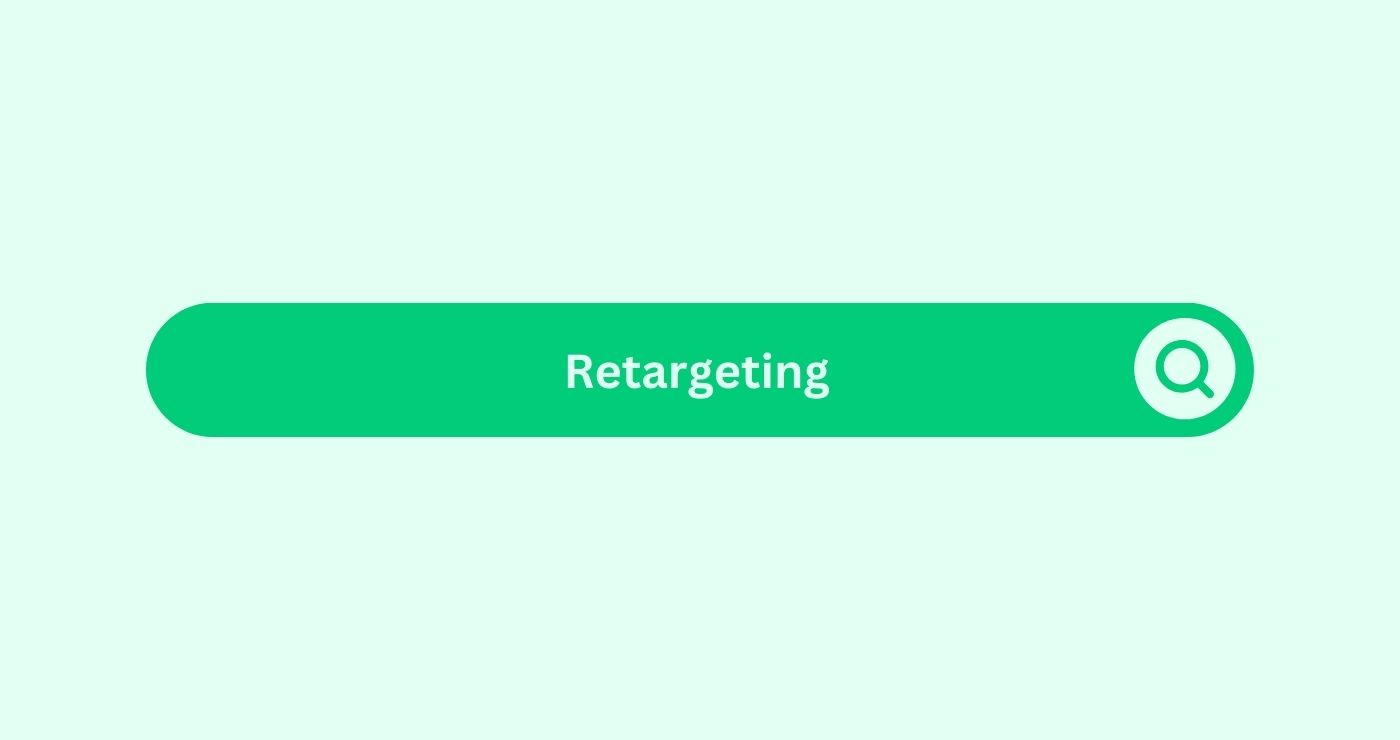Cornerstone ContentDefinition Cornerstone Content on websites is crucial for SE... is vital for SEO, organizing your site around a central theme. Retargeting re-engages users who didn’t complete actions via targeted ads, boosting brand visibility and conversions.
How You Can Use
Consider a scenario where you manage an e-commerce website selling high-end electronics. By using retargeting, display ads of products a customer left in the cart as they browse online or on social mediaWhat is Social Media? Social media refers to online platform... after visiting your site. These ads might include a special discount or a reminder about the items left in the cart. This strategy effectively nudges the customer to return to your site and complete their purchase.
To set up a retargeting campaignDefinition An SEO campaign involves focused, Organised effor..., you need to add a retargeting pixel (a small piece of code) to your website. This pixel tracks visitors and collects data on their browsing behavior. With this data, you can create segmented audiences based on specific actions (e.g., visited product pages, abandoned carts) and tailor your ads accordingly.
Calculations and Formulas
To measure the effectiveness of a retargeting campaignDefinition An SEO campaign involves focused, Organised effor..., marketers often use metricsWhat are Metrics in the context of SEO? Metrics in SEO refer... such as Return on Ad Spend (ROASROAS is short for return on ad spend. App marketers use this...) and Conversion RateDefinition Conversion Rate in the SEO space refers to the pe.... Here’s how these can be calculated:
ROASROAS is short for return on ad spend. App marketers use this... = (Revenue from Retargeting Ads) / (Cost of Retargeting Ads)
Conversion RateDefinition Conversion Rate in the SEO space refers to the pe... = (Number of Conversions from Retargeting Ads) / (Total Number of Visitors Exposed to Retargeting Ads) * 100
These metricsWhat are Metrics in the context of SEO? Metrics in SEO refer... help determine the financial efficiency and overall success of retargeting efforts.
Key Takeaways
- Increased ConversionDefinition In the realm of SEO, Conversion refers to the pro... Rates: Retargeting helps convert hesitant customersDefinition Customers, in the context of SEO, refer to indivi... by reminding them of their initial interest and providing additional incentives.
- Cost-effective Marketing: By focusing on users who have already shown interest, retargeting ensures a higher return on investment compared to broader advertising strategies.
- Enhanced Brand Recall: Regular exposure to your ads keeps your brand top-of-mind for potential customersDefinition Customers, in the context of SEO, refer to indivi....
- Improved User EngagementDefinition Engagement in content marketing refers to the deg...: Retargeting ads drive repeat visits to your site, improving user engagementDefinition Engagement in content marketing refers to the deg... metricsWhat are Metrics in the context of SEO? Metrics in SEO refer..., which can positively impact SEO.
- Personalized Marketing: Tailor your retargeting ads to specific user behaviors and interests for a more personalized marketing approach.
FAQs
What is retargeting?
Retargeting is a marketing technique that targets users who have previously interacted with your website but did not complete a desired action.
How does retargeting work?
Retargeting uses cookiesDefinition Cookies are small pieces of data stored on a user... and tracking pixels to display targeted ads to users as they browse other websites or social mediaWhat is Social Media? Social media refers to online platform....
What are the benefits of retargeting?
Benefits include increased conversionDefinition In the realm of SEO, Conversion refers to the pro... rates, cost-effective marketing, enhanced brand recall, improved user engagementDefinition Engagement in content marketing refers to the deg..., and personalized marketing.
Can retargeting improve my SEO?
Yes, retargeting can drive repeat trafficDefinition In the context of SEO (Search Engine Optimisation... and increase user engagementDefinition Engagement in content marketing refers to the deg..., which are positive signals for SEO.
What types of ads can I use for retargeting?
You can use display ads, social mediaWhat is Social Media? Social media refers to online platform... ads, and even email retargeting to re-engage users.
How do I set up a retargeting campaign?
Set up a retargeting campaignDefinition An SEO campaign involves focused, Organised effor... by adding a retargeting pixel to your website, collecting user data, and creating targeted ad segments.
What is a retargeting pixel?
A retargeting pixel is a small piece of code that tracks visitors and their behavior on your website.
How do I measure the success of a retargeting campaign?
Measure success using metricsWhat are Metrics in the context of SEO? Metrics in SEO refer... like Return on Ad Spend (ROASROAS is short for return on ad spend. App marketers use this...) and Conversion RateDefinition Conversion Rate in the SEO space refers to the pe....
Is retargeting suitable for all types of businesses?
Retargeting can be effective for many businesses, especially those with e-commerce platforms or those seeking to re-engage website visitors.
Are there any privacy concerns with retargeting?
While retargeting is generally considered safe, it’s important to comply with privacy regulations and be transparent about data collection practices.




